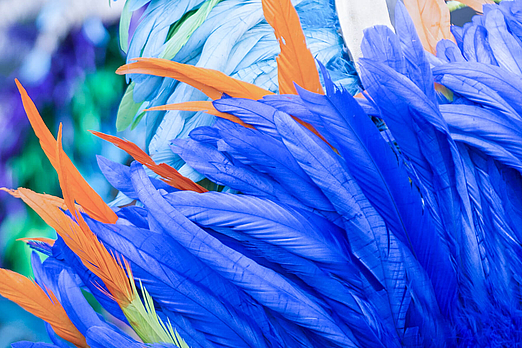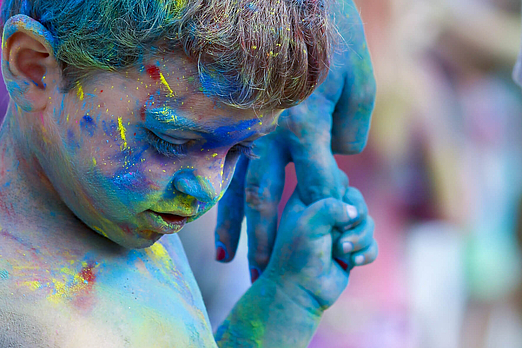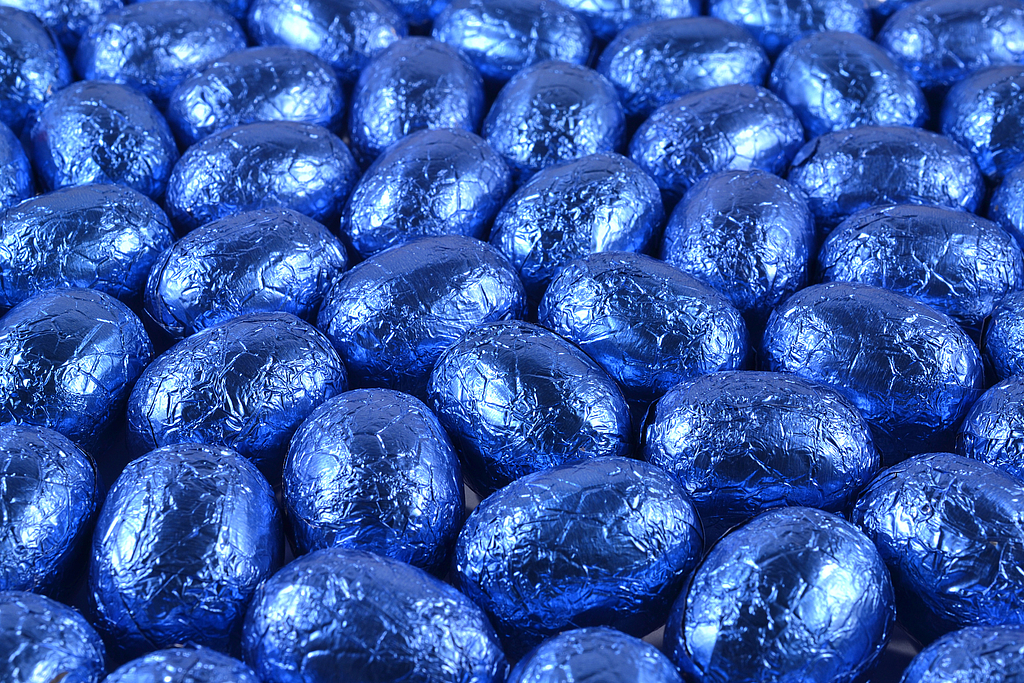Hard-boiled or made of chocolate – it’s the shape that matters!
- Insights
Every year at Easter, eggs take center stage. They are dyed, painted, eaten, given away, tossed around and used for all manner of games. Over time, this custom has decoupled from the egg itself and only the shape has remained. After all, chocolate eggs are also extremely popular among both young and old. But did you know when these sweet substitutes were invented and why they originally had “crocodile skin”? It is also interesting to learn that the painting and decorating of eggs has special significance in other cultures and religions as well. Some of these traditions even extend back thousands of years.
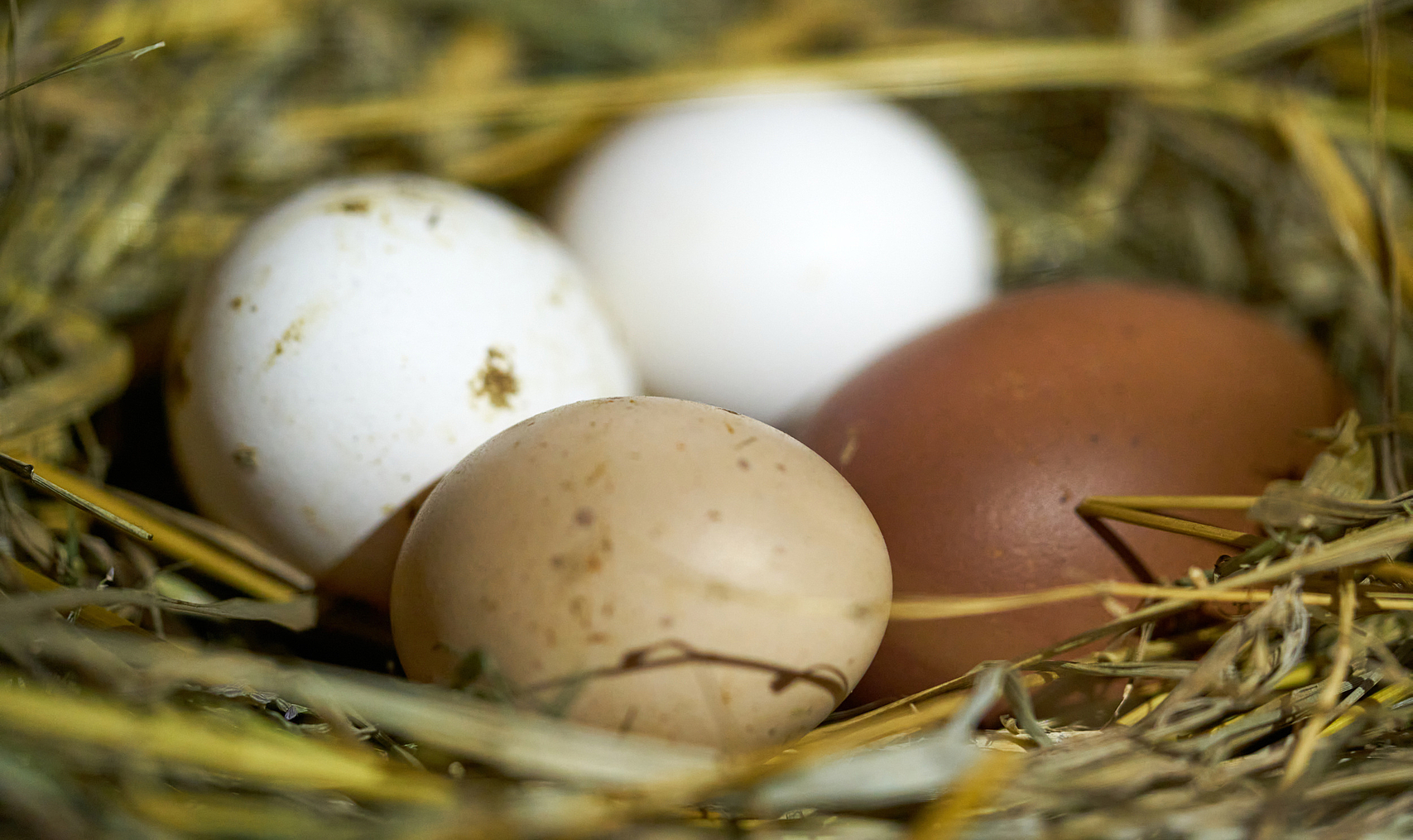
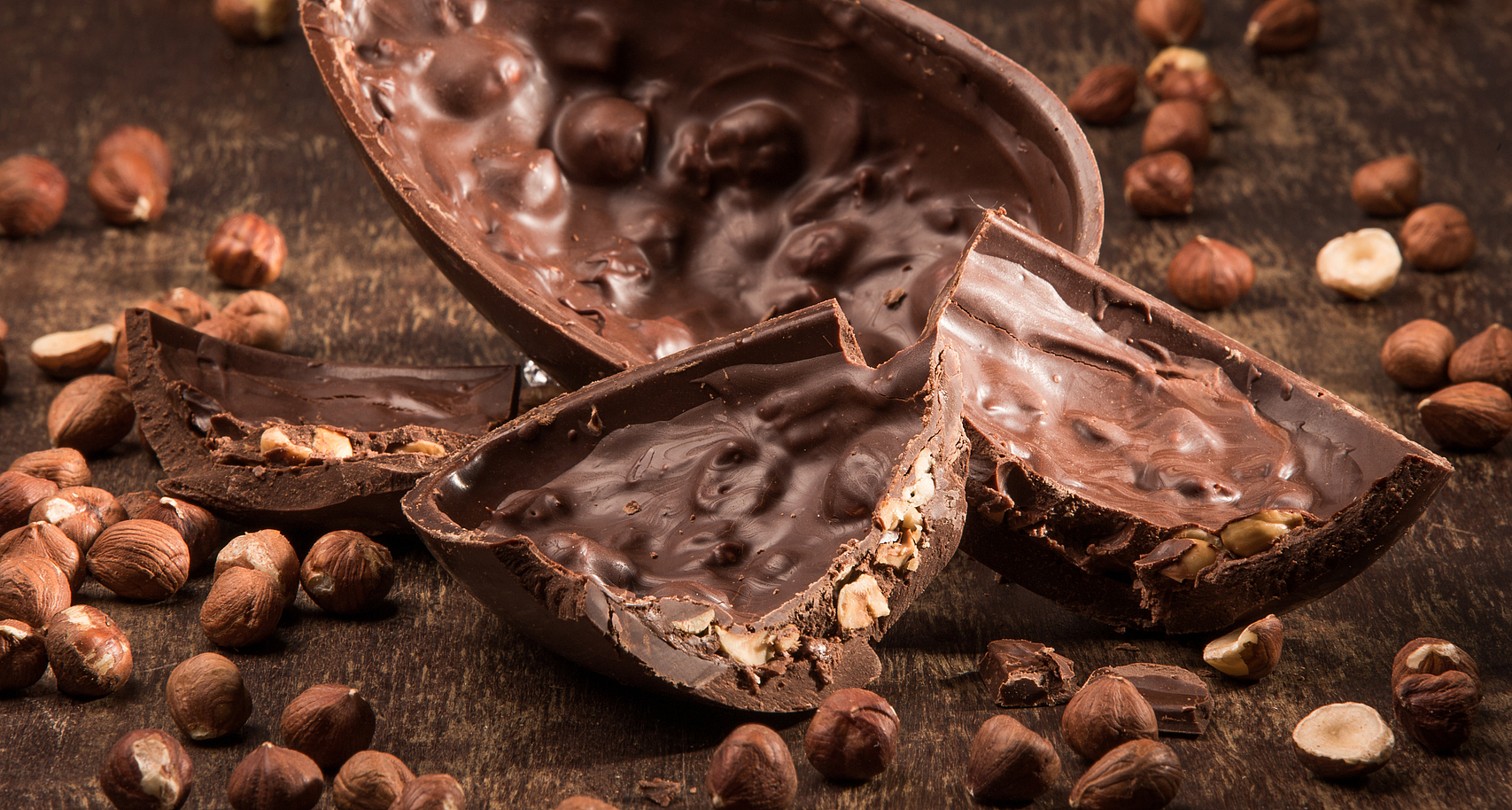
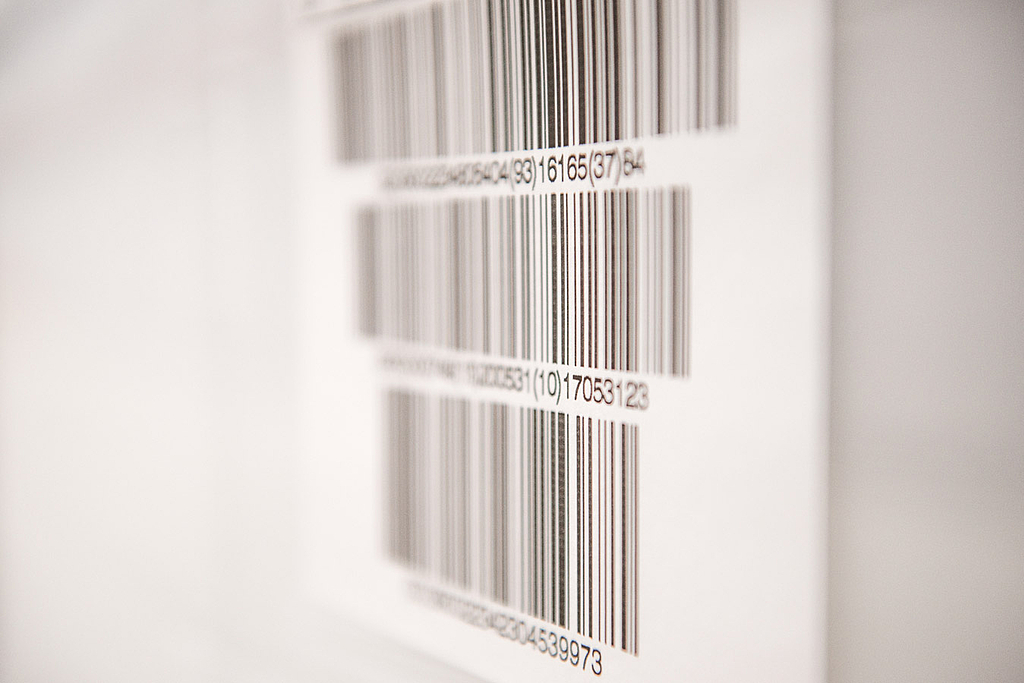
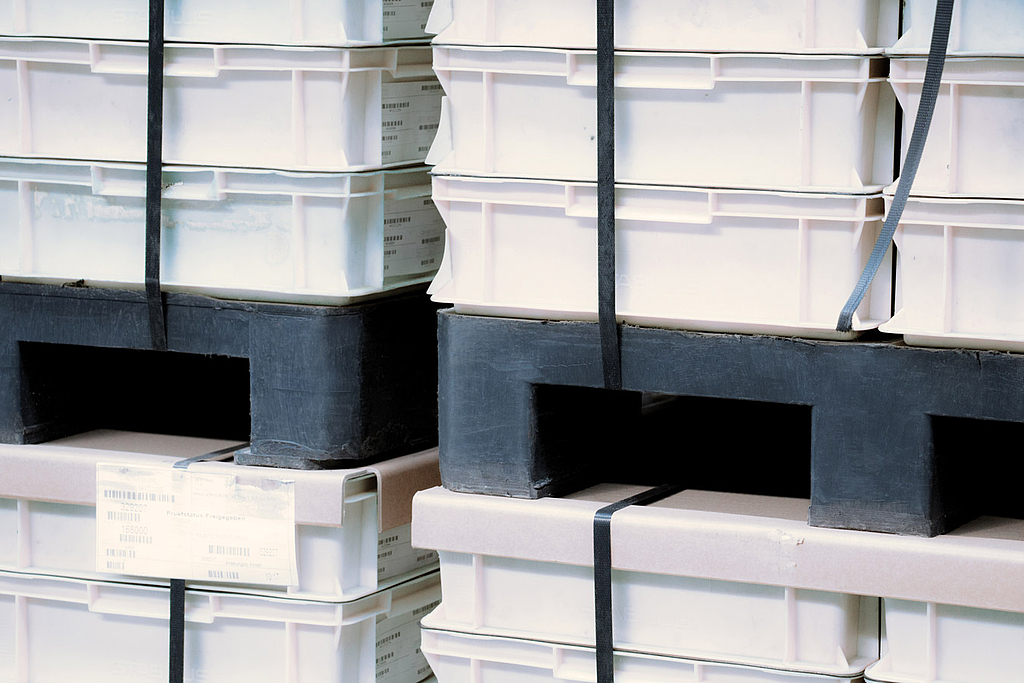
We offer specialized logistics solutions and warehousing facilities for the requirements of a range of industries.
Uniform standards in all of our logistics centers around the world ensure high quality and reliability. Benefit from our comprehensive network of warehouses in Europe, Asia and the USA.
Find out more
